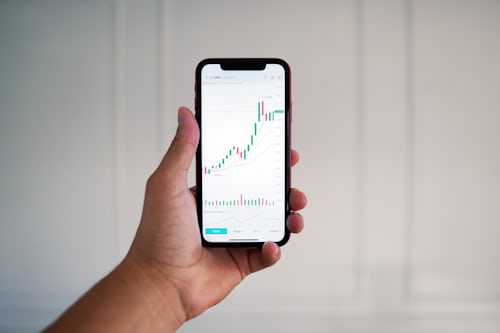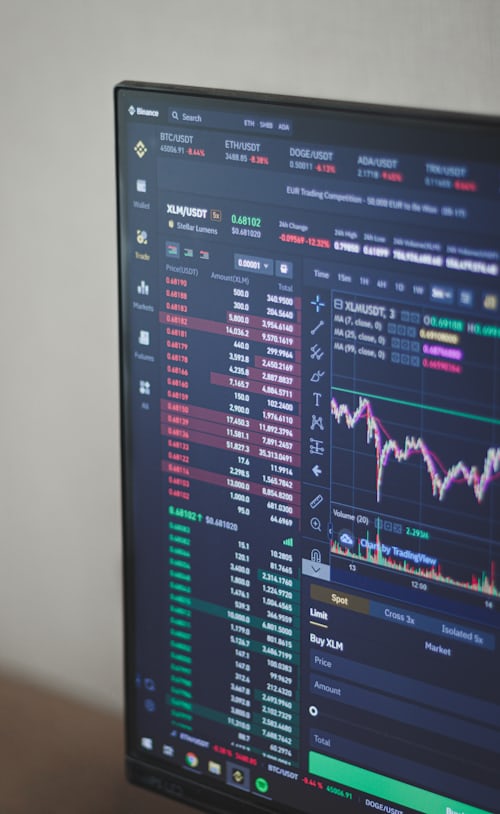Composition of the equity capital of the AG
According to the Commercial Code, the equity capital items are shown on the liabilities side of the balance sheet: The subscribed capital, the capital reserve, the revenue reserves, which consist of legal reserves, reserves for own shares, the statutory reserves and other revenue reserves. Furthermore, the profit and loss carried forward as well as the net profit or loss for the year belong to this category.
AG equity capital in different ways
Equity capital is the funds made available to a company by its owners without any time limit. Equity capital is injected into the company from the outside (for example, through a so-called ordinary capital increase against contributions) or from the inside (for example, by waiving profit distributions, which corresponds to a capital increase from company funds.
Assessment of equity capital
Equity capital, which may still have to be reduced by outstanding contributions and own shares, is also called balance sheet equity capital. This is because it has been determined on the basis of the balance sheet.
The effective equity capital in exness fx, which can be calculated if the hidden reserves are added to the balance sheet equity capital, can only be estimated. Equity capital, if this refers to subscribed capital, is often erroneously referred to as liability capital or guarantee capital. In contrast, the company's assets are liable to creditors as the basis for liability, not the equity capital or nominal capital.
IFRS stricter
According to the standards of the IFRS (International Financial Reporting Standard), according to which public limited companies have also been valued in Europe for some years, equity capital is the balance of assets and liabilities. Problems of demarcation from the HGB regulations arise for cooperatives and staff companies, since cooperative shares are not equity under IFRS due to their redeemability.
One of the main components of the annual balance sheet
Along with assets and liabilities, equity is the third main element of the balance sheet. The consideration of equity requires, as a minimum requirement, the disclosure of subscribed capital and reserves. A further breakdown is unavoidable if legal, statutory or tax restrictions limit the distribution or repayment of equity components.
The general meeting of the AG
As the supreme body of a joint-stock company, the general meeting is the decisive decision-making body from which all other competences of the shareholders - not subject to employee co-determination - are directly or indirectly derived.
Separation of powers in the AG
The Companies Act has determined the division of powers in principle between the three co-operative organs of the company (executive board, supervisory board and general meeting) and has assigned to each a number of indispensable competences.
The general meeting is not assigned any general competence. Pursuant to § 119 of the Companies Act, precisely defined responsibilities have been assigned to the general meeting through a series of individual regulations. There are no other responsibilities outside of these regulations.


